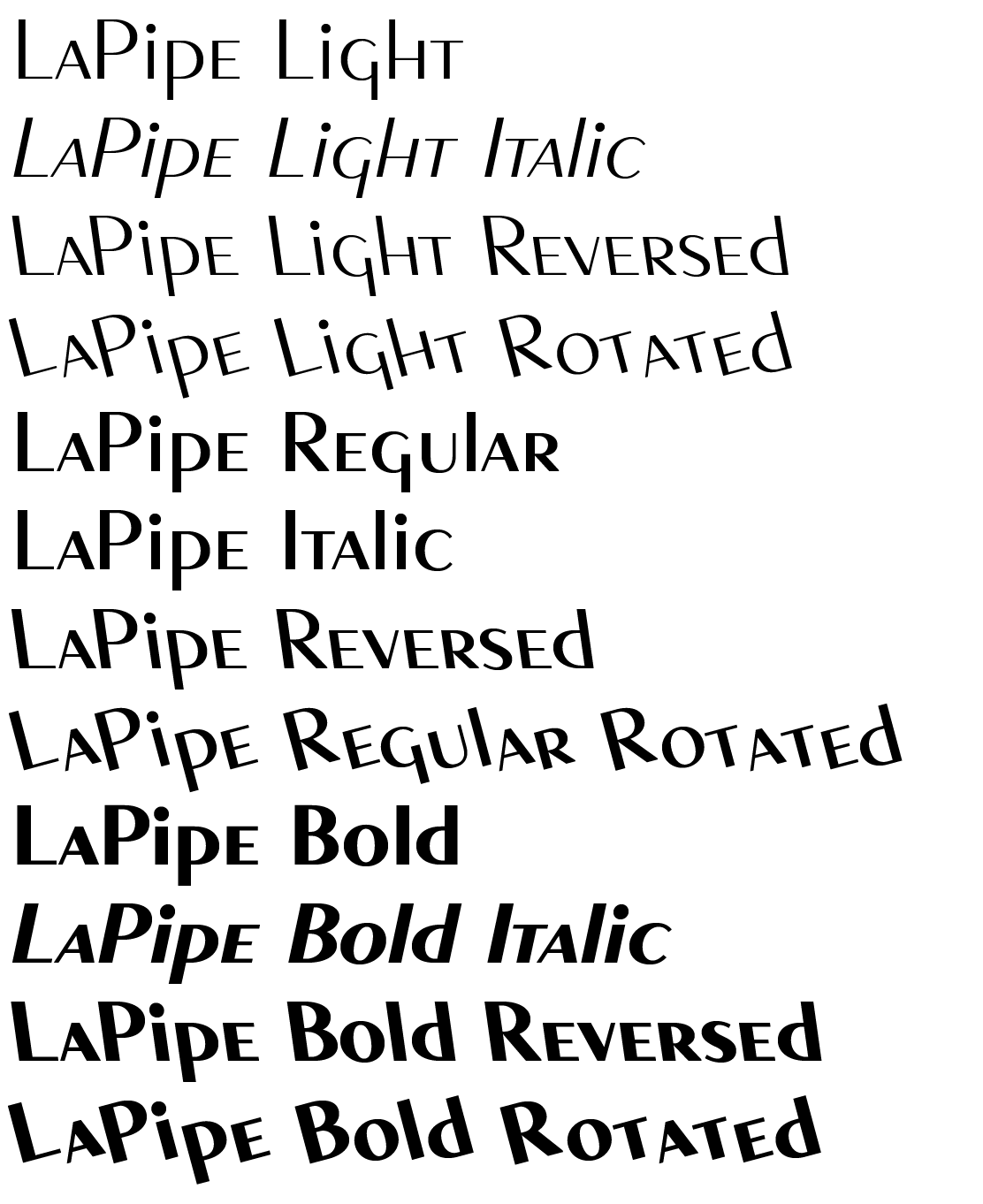Until recently, I was among those people who outright rejected Peignot, primarily due to its typical period design. But then suddenly, out of the blue, Cassandre bases his typeface on Bayer’s universal typeface. This fact inspired my first ideas to create a grotesque version of the typeface, but this completely wiped out the attractiveness of the original design. Maintaining the contrasting character stress was a must. So I returned to the beginning with a simple question: “What would make this typeface more contemporary?” If the designer’s personality disappears from the typeface, his or her stylization also disappears and I can focus on the skeletons of the letters. I minimised the means of expression and chopped off the rounded endings, which are so characteristic of the lower-case “a”, “e”, “v” and “n”. But I do retain one of the most important things – the utopia in the change of the letterforms while retaining good readability. Likewise I continue the toning-down process in the design of Touraine and finish the classic lower-case shapes.
This concept of adding shapes seemed to contemporary to me, so I decided to continue it. Although Cassandre never wanted to create a slanted style for the typeface, in my version there are three styles. The “Rotated” style is more of a rallying work. It is related to Programme, a generated typeface that makes reference to technology – just like Peignot, which made reference to the period’s engraving technology. I also created classic and reverse Italics, which may be mixed and matched together. The three style sets allow users to pick the forms they prefer. This is the scale of use for my new utopia.
La Pipe is the evolution of Peignot. “Pipe” refers to Casandre’s favourite pastime, as seen in period photographs, and also evokes the typical stroke stress. Finally, the use of a French name suggests where its model is from.

